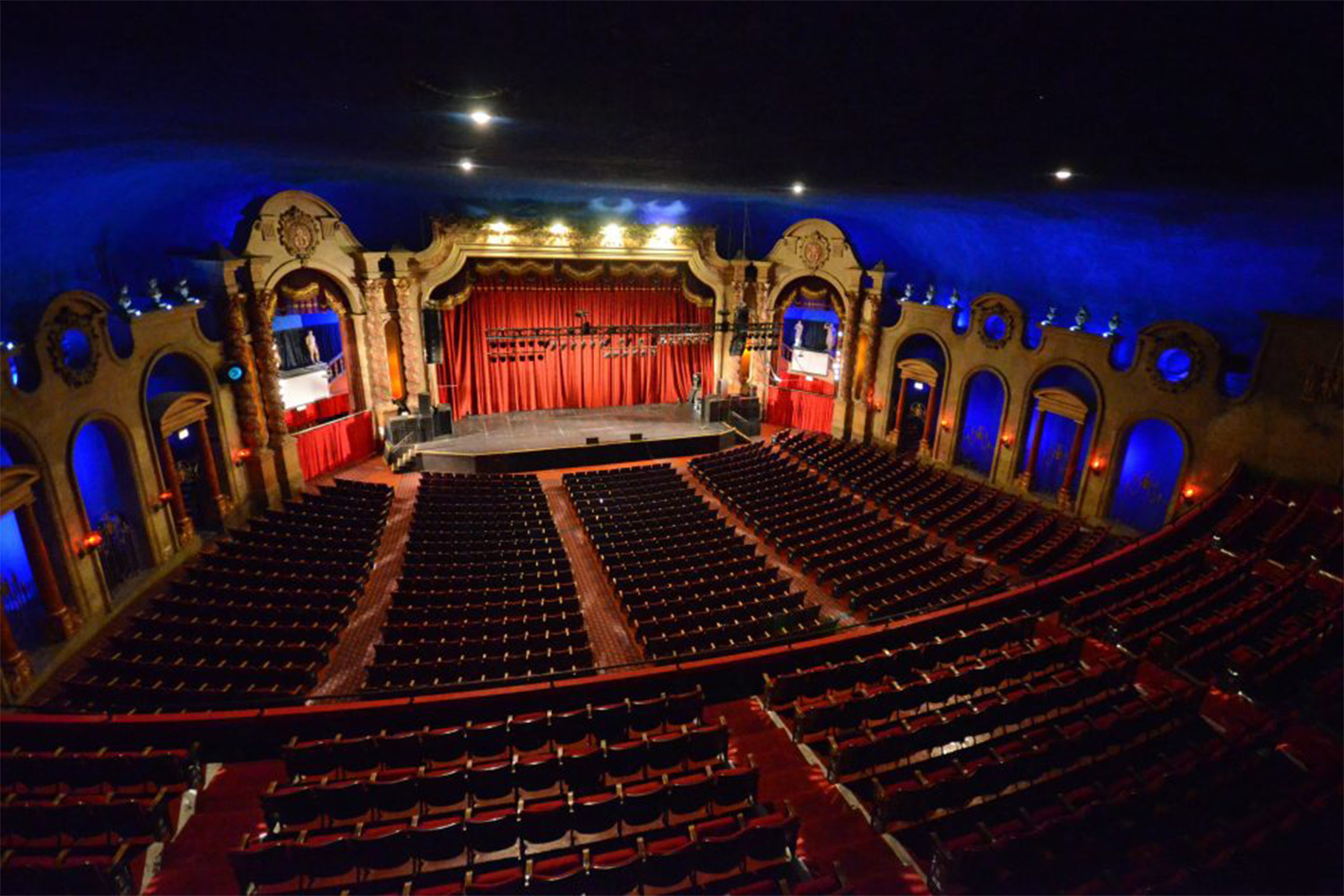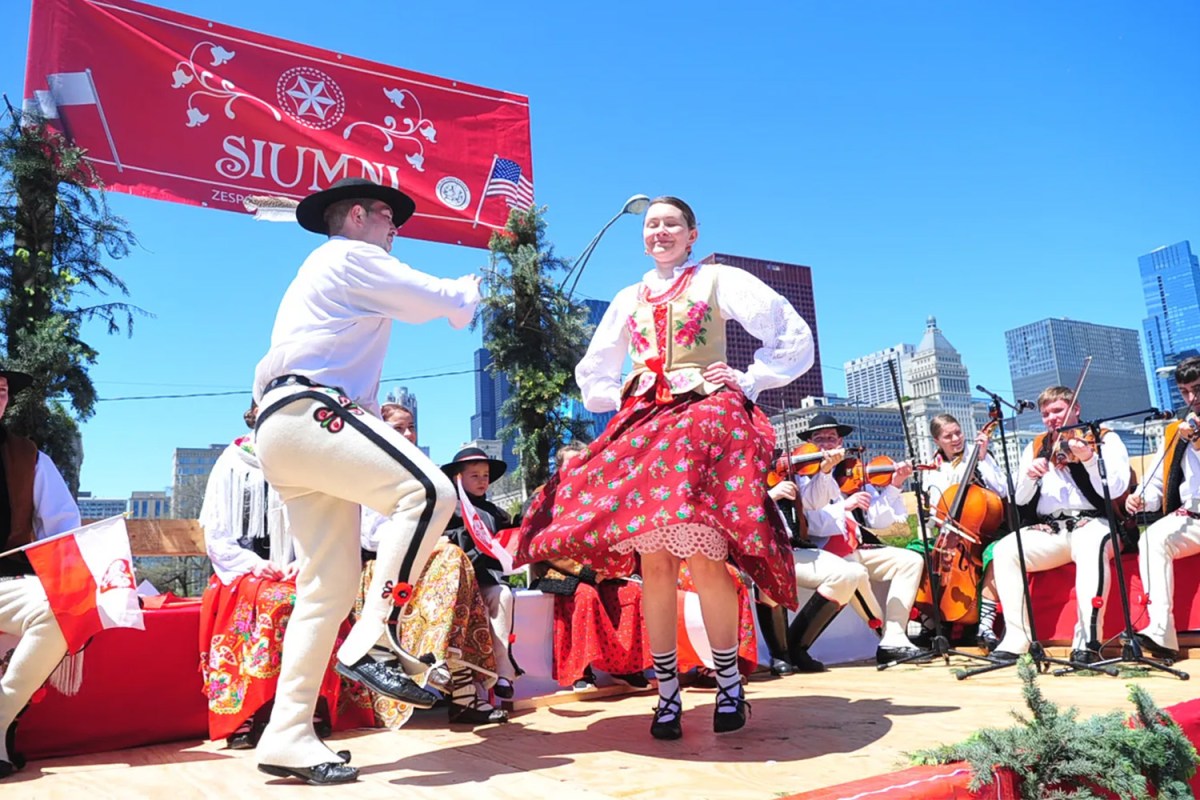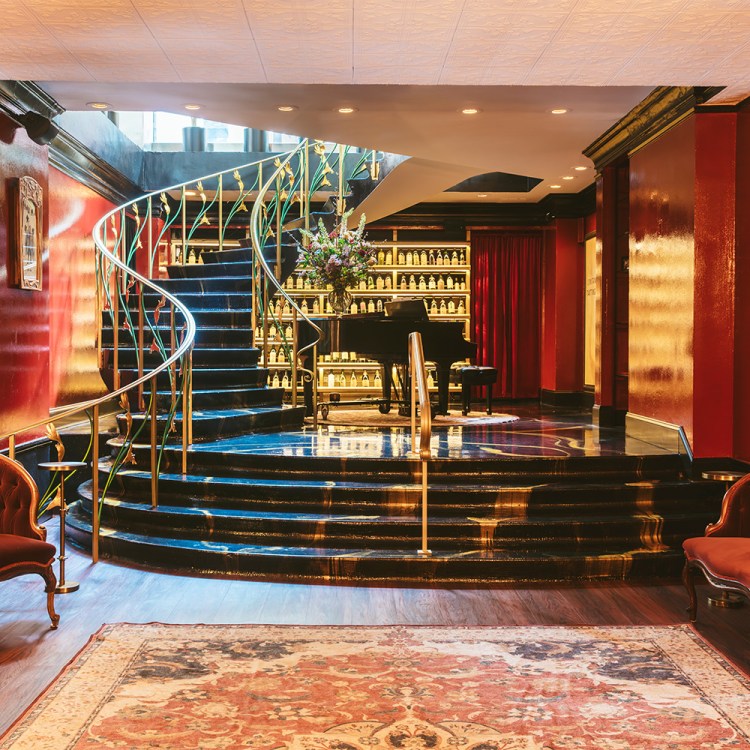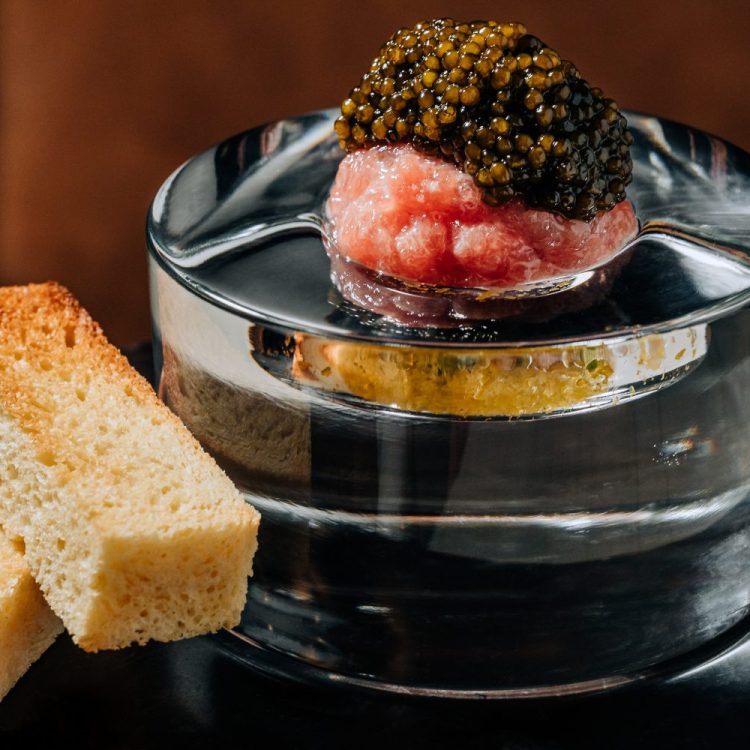When a Chicagoan hears the word “Polish,” a hot dog-esque smoked sausage might come to mind — or the eastern Slavic ethnic group these Chicago mainstays are named for.
It’s long been claimed that outside of Warsaw, Poland, Chicago, Illinois is the largest Polish city in the world. While 2020 census data still emerges, according to the 2000 census “nearly one third of all Polish immigrants in the United States live in the Chicago area.”
Known by some as “American Warsaw,” Chicago is the capital of the Polish diaspora. Following over 100 years of immigration, today one million people of Polish descent live in the greater Chicago metro area.
This shouldn’t come as a surprise. Not a lot of cities recognize Casimir Pulaski Day or have kiełbasa, pierogi and pączki punctuating menus. And if that didn’t tip you off, how about the surnames stitched on our favorite jerseys: Ditka, Konerko, Pierzynski, Grabowski. Hell, you’ve probably heard Polish spoken around town — behind English and Spanish, Polish is the most widely spoken language in Chicago.
Poles can actually live here without speaking a word of English or forgoing any of their homeland comforts. Polish-speaking banks, grocery stores, churches, even doctors’ and lawyers’ offices adorn all corners of Chicagoland.
These days Polish strongholds are found in the suburbs, a marked change from 1890 when almost half of Chicago’s Poles had settled around Ashland Avenue, Division Street and Milwaukee Avenue. The intersection here, home of the Division Street L stop, is still referred to as the Polish Triangle.
Neighborhoods continue to evolve and change hands, but the lasting impact of one of the city’s largest immigrant groups isn’t waning.
So for the uninitiated, the curious and those looking for a good time, here’s where to find the best Polish food, culture and history in Chicagoland.
Celebrate
Polish Constitution Day Parade – May 7
Grant Park, Balboa and Columbus Drive
Claimed as the largest Polish parade outside of Poland, this procession celebrates the enactment of Poland’s first democratic constitution — adopted in 1791, it’s considered Europe’s first modern national constitution. Chicago’s been celebrating the event on the first Saturday in May since 1892. The parade makes a triumphant return to Grant Park after years of COVID precautions. Expect music, folk dancing, Polish patriotism and many tens of thousands of spectators. American Polish notables like legendary Duke basketball coach (and Chicago native) Mike Krzyzewski have helmed the Grand Marshal spot; this year the honor goes to ABC7’s Alan Krashesky. The parade kicks off at 11:30 a.m. and is free to the public.
1417 119th Street, Whiting, IN
For those willing to travel over the border — to Indiana that is — the quick ride will take you a world away to one of TripAdvisor’s “Wackiest Festivals on the Planet.” Technically unspecific to the Poles, this festival celebrates all Eastern European heritage with ties to the delicious dumpling dish. Event organizers claim the annual celebration draws more than 300,000 people. Be prepared for event-sponsored costumes like The Buscias (Polish for grandmother) and The Pieroguettes, a group of 11 dancing children with pretty embarrassing hats.
Taste of Polonia – September 2-5
Copernicus Center 5216 W Lawrence Ave, Chicago
Labor Day weekend signals the beginning of the end to Chicago’s festival season, so if your dance card isn’t too full, consider this one, which is claimed as the largest Polish festival in the country — detecting a theme? No copyright issues here, as it started the same year as the Taste of Chicago. This widely attended event (35,000 people) has been in operation for over 40 years. Enjoy typical Chicago street festival food and drink, plus live music, folk dance, cultural events, and, for some reason, a casino.
Eat
Polish food gets a bad rap, especially considering it mainly consists of putting good stuff inside of stuff. While you might struggle to name an entire platter of Slavic delicacies, some of the components are legendary. In the spotlight is pączki — the deep-fried icon that can incite enthusiasm for the dirge of Lent – but supporting players like pierogi, potato pancakes, kielbasa and schnitzel round out the bench.
For the best in the greater metro, consult the list below.
- Best for home cooking: Kasia’s Deli is a perennial winner of every “Best of Chicago” category. Shop their wholesale line of reheatable pierogi or the fresh deli for quick takeout.
- For old-school ambiance: Staropolska Restaurant in Logan Square
- For deep-cut traditional Polish dishes: Podhalanka can’t be beat
- New-school Polish cuisine: Qulinarnia in the ‘burbs has something for everyone
- New-school fusion: Polombia offers a Polish/Colombian fusion if you can believe it. There’s also Kimski if you prefer a Korean mash-up
- Best pierogi: Tata’s Pierogi offers a 10-piece sampler so you can suss out your favorite flavor or go crazy with a sweet pierogi
- Best pączki: Polish Pączki Cafe
- Best butcher: Andy’s Deli
Learn
984 N. Milwaukee Ave, Chicago
The PMA says they are one of the oldest and largest ethnic museums in the United States. Learn about the winged hussar cavalry that struck fear in the hearts of their enemy with thundering wings made of eagle feathers — remember Casimir Pulaski’s claim to fame is helping establish the American cavalry during the Revolutionary War — or enjoy the current exhibit, “Photographs from the 1939 New York World’s Fair.” Open Tuesdays, Thursdays, and Sundays; admission ranges from $10 to $6 per person.
331 N Noble St, Chicago
While not an official architectural style, Chicago Polish cathedrals are scattered around the city at the more than 50 wholly Polish or Polish-dominated Catholic parishes. St. Stan’s is the original — by the turn of the 20th century, it boasted 35,000 parishioners. A tithing pool of that magnitude is probably how they were able to string up Tiffany chandeliers. The popularity of this church caused a boom, yielding Holy Trinity Polish Roman Catholic Mission, St. Hedwig and St. Mary of the Angels — which you’ve probably clocked from the Kennedy.
Follow the lead of Open House Chicago and build your own citywide tour. Start with St. Adalbert in Pilsen, which is modeled after the Roman St. Paul’s Basilica, then hit St. Joseph in Back of the Yards — one of the largest and most opulent of Chicago’s “Polish Cathedral style” — before making your way to Holy Trinity in West Town to enjoy the 25,000-square-foot, column-free sanctuary. End at St. Stan’s near Pulaski Park.

Watch
Gateway Theater at The Copernicus Center
5216 W Lawrence Ave, Chicago
There’s a lot going on here. A cultural institution named after Nicolaus Copernicus, the famed astronomer who, you guessed it, was Polish, the building’s exterior includes a scale replica clock tower of the Royal Castle in Warsaw. Inside, sits a crown jewel: the 2,000ish-seat theater that’s “among the grandest of Chicago’s movie palaces [and] one of just four remaining atmospheric theaters in the city,” gushes the Chicago Architecture Center. The bold blue ceiling is covered with stars, which illuminate during performances. No longer a flagship movie theater, the programming is wide-ranging and varied. Check out their events page here.
Polish Film Festival of America
1112 N. Milwaukee Ave, Chicago
Started in 1981 to promote European art and films in the United States, this festival has been raved about by the New York Times, Chicago Tribune and New City Magazine. Tickets and schedules are found online.
1543 West Division, Chicago, IL 60642
Opened in 1918 and named after Frédéric Chopin, the famed Romance period Polish composer, the diminutive theater is coming off a dramatic few years. After almost closing due to the pandemic, donations have allowed the small but mighty Polish Triangle theater to continue performances. It’s not just Polish-language pieces, though: Millennials, assemble! A summer run of Cruel Intentions: The 90s Musical hits June 9.
This article was featured in the InsideHook Chicago newsletter. Sign up now for more from the Windy City.























